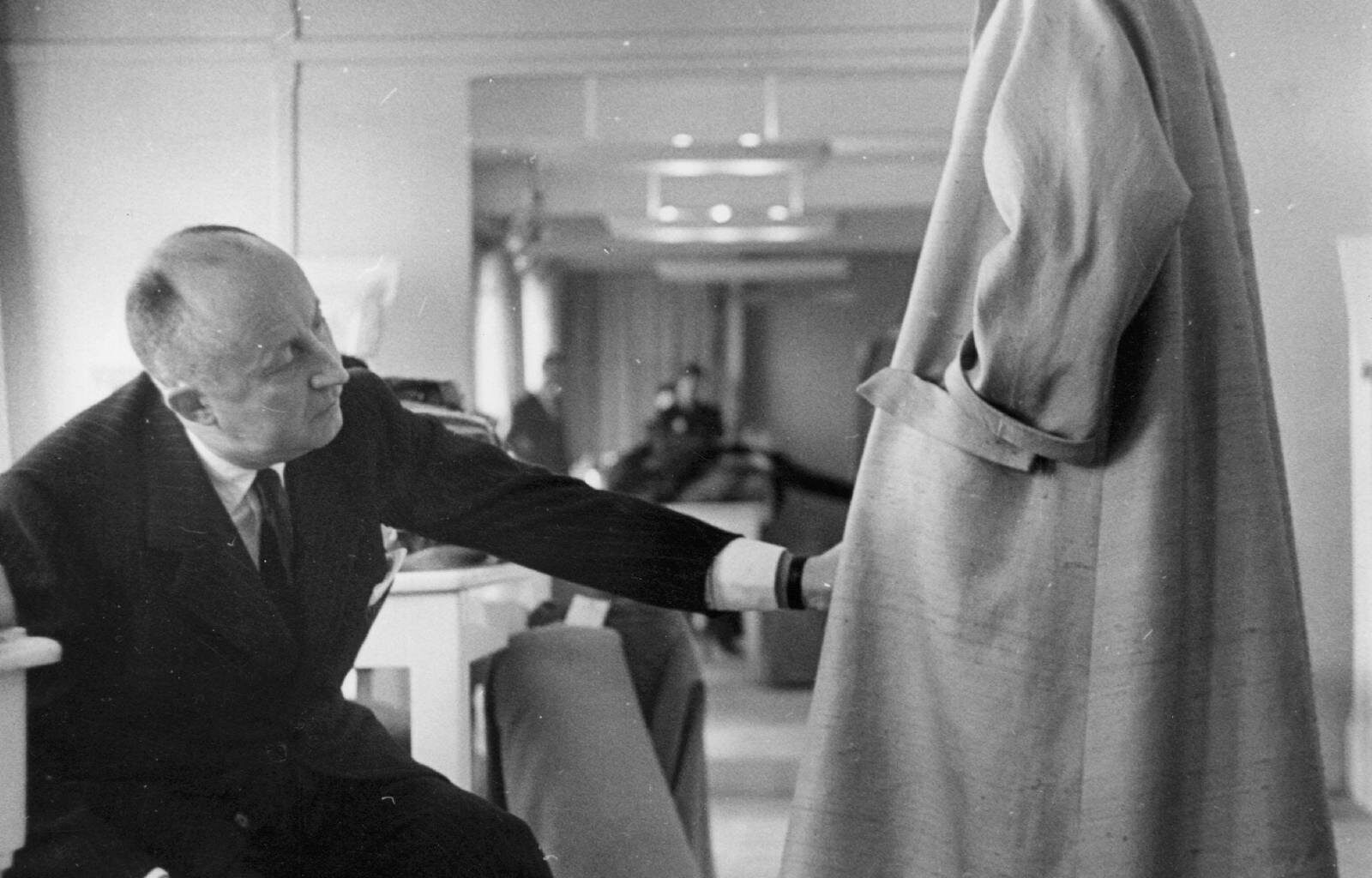Christian Dior was the first of his kind. A cherished fashion icon who founded one of the worlds leading Couture houses, that we all love and admire to this day, 80 years later. In a post-war world of suffering and poverty, Dior brought hope and an abundance of joy back to women. Allowing them to rediscover femininity, fashion and dignity. In just the short 10 years the world was graced with Dior’s designs, he revolutionised women’s conception of elegance, beauty and post-war fashion (which we can thank him for today!) Every collection was designed with intent, of liberating women’s dreams and hopes. The French courtier is synonymous today with classic feminine beauty. His impact on the fashion world in such a short space of time will never be forgotten. Dior lives on today through his timeless fashion house that defines Couture.
Originally born and raised on the coast of Normandy in a small seaside town in 1905, before moving to Paris at the age of 5. Dior grew up considerably wealthy. As the son of a prosperous fertiliser manufacturer, leaving his parents with high hopes of him. As a boy, his heart had always been in art and creativity, despite his parent’s wishes of the soon-to-be fashion icon, becoming a diplomat. Imagine the world right now without the renowned history and revolutionary fashion house: Dior! He changed the course of fashion forever.
As a young ambitious dreamer, he began selling his sketches around the streets of Paris to make some pocket money. Upon leaving school his passions grew and he knew he had to follow his devotion for art. Finally, his father willingly agreed and helped him invest into his own art gallery. The gallery was a huge success fuelled by his passions. He even sold the work of acclaimed artists including Pablo Picasso.
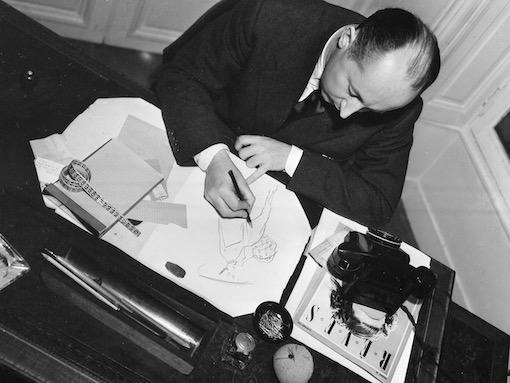
Following a tragic downfall of news, that can only be described as heavy-hearted. Dior was left with no choice but to close his art gallery forever. Faced with unimaginable challenges of the arrival of the great depression, the tragic death of both his brother and mother and the collapse of his father’s business. Dior was faced with a sorrowful time, yet he chose to continue and find hope. Leading him to his first-ever steps into the fashion industry. He began working with designer Robert Piguet until he was called up for dreaded military service in 1940.
After being released from service in 1942, he continued his path into the fashion industry as he began working for Couturier Lucien Long. Becoming a primary designer, he learned the ins and outs of the Couture industry alongside his colleague Pierre Balmain. Unaware they would both become successful fashion designers, running their own houses that stood the test of time, and are recognised today as prestigious French icons.
Late 1946, brings us the moment that incessantly will change fashion forever. Christian Dior was born. Starting his own fashion Couture house in December 1946, he was ready to showcase his talents to the world. 30 Avenue Montaigne was where it all began, on the snowy streets of Paris. Although the revolutionary fashion house was formed in 1946, Dior reclaims 1947 as the beginning when he launched his first-ever collection. In just under 3 months he curated a collection that would change women’s fashion forever, completed of 90 looks. February 12, 1947, the honoured designer showcased his first debut. It was here at his own very first show that he curated the renowned ‘New Look’. Originally thought to be named by legendary fashion editor: Carmel Snow, the Chief of Harpers Bazaar at the time. Showcasing the end of WW2, Christian Dior’s designs were groundbreaking and ahead of their time. The cinched-in waist and embodied full skirt celebrated feminity.
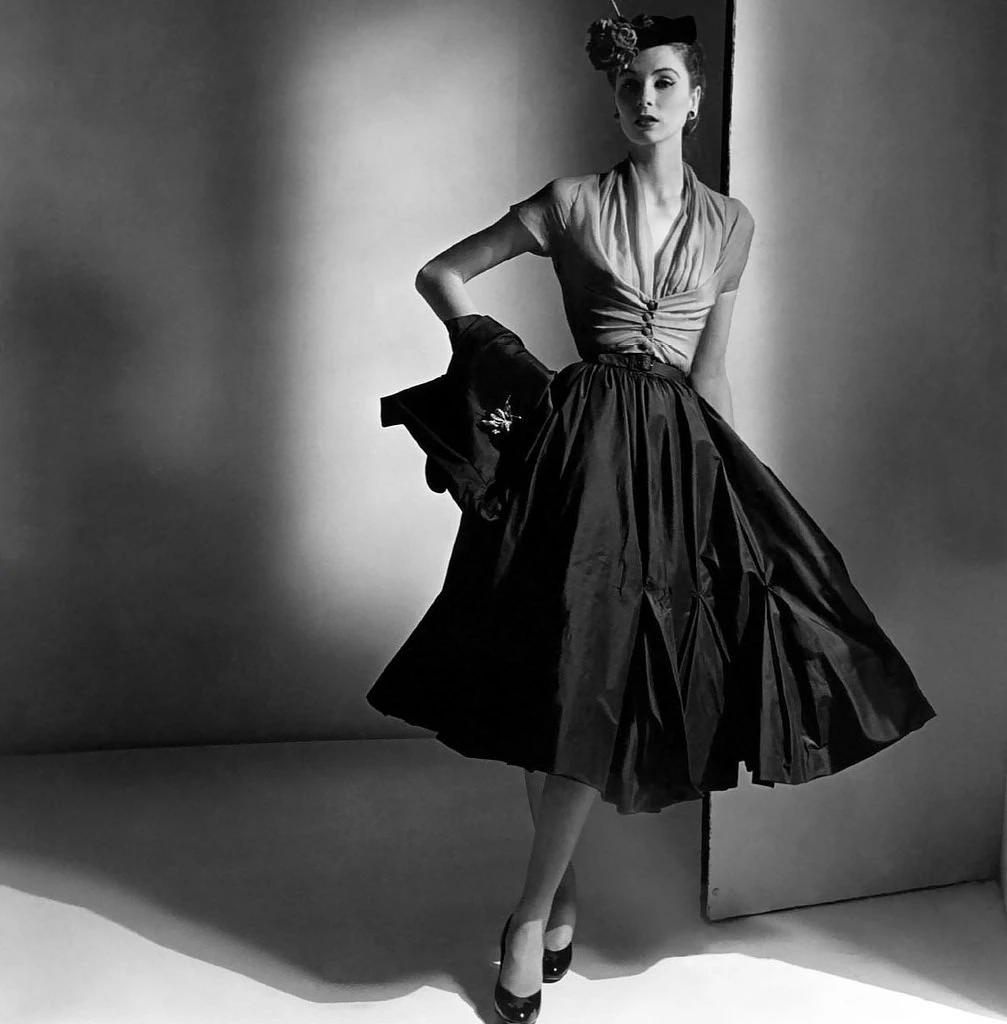
The fashion world had never seen such elaborate designs, using an abundance of fabric to create his lavish, elegant look to celebrate women. It was unheard of to use so much fabric in a time pre-war was full of rationing. But Dior wanted to celebrate life after the war and embrace women’s beauty and feminity encouraging joy and extravagance again. The distinguished fashion house became inundated with orders and desire for the pieces. With attention from world-famous stars Margot Fonteyn and Rita Hayworth, Dior’s demand and fame rose instantly. With a striking rise of significance in the fashion industry, Dior was even invited to present a collection for the British royal family.
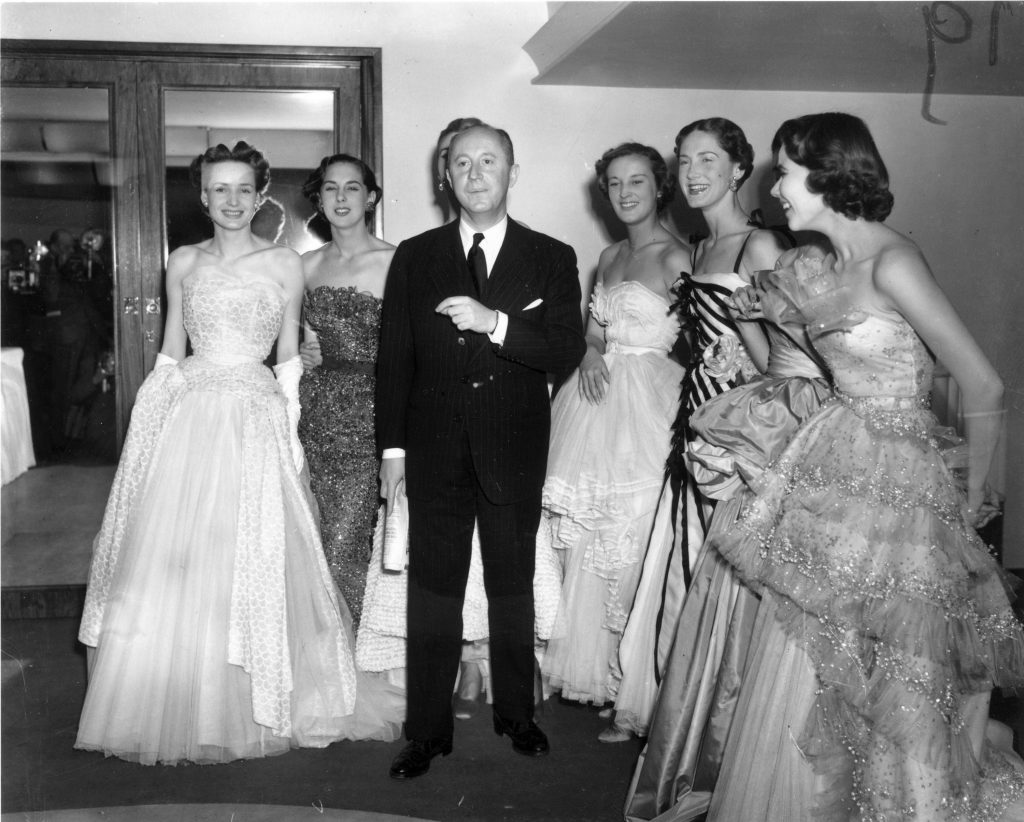
Christian Dior even began going global a year later. As the house grew promptly, he established his own luxury RTW house on the famous Fifth Avenue in New York. The same year brought his first perfume launch, one we all still love and wear today: Miss Dior. Dedicated to his sister whose bravery led by love during WW2 deserved honouring. 1949 brought an even larger expansion for the fashion house. After realising the importance of needing a complete look, he intended to offer the New Look, shoes, gloves and hats to successfully achieve the epitome of style. This led him to licensing the Dior name for more than just Couture.
Along with his business partner, Dior began to manufacture and design luxury accessories. At first, his move into expanding beyond Couture was criticised as cheapening the industry. But it wasn’t long until nearly all French fashion houses followed in his footsteps, creating a reachable and profitable move. The respected and admired designer provided women all over the world with some of the most intricate and beautiful garments of their time. His elegant and feminine approach to fashion and liberating women after the war changed the course of women’s fashion forever.
His superstitious ways were shown within his garments. Each collection had to include a coat named after his original hometown and within each show, one model carried or wore his favourite flowers: lilies. As a strong believer in tarot cards, he never began a Couture show without first seeing his card reader.
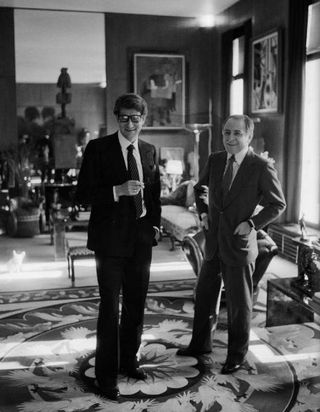
As the fashion house continued to thrive, 1955 brought the year a young, timid Yves Saint Laurent was employed by Christian Dior. Flourishing as Dior’s design assistant, Dior went on to confide in Saint Laurent’s mother to explain he had chosen the young boy to carry the heritage of the house once he passes. At only 52, this left his mother confused at this powerful statement. Whether this conversation was led by Dior’s superstitions, a tarot reading or an utter coincidence. The esteemed fashion phenomenon later died that year. After suffering a huge heart attack at only 52, the entire fashion world mourned his unexpected loss dearly. His passing shook the world, with just over 2,500 people attending the beloved designer’s funeral. Christian Dior will forever live on in his legacy of the respected fashion house, and how he stood up for women and offered them an escape to something beautiful.
The distinguished fashion house lives on today as one of the most successful and celebrated Couture houses of history.
Want to learn more about the history of fashion? Enroll in our Inside The Fashion Industry course or watch this free webinar about the history of fashion capitals.
You might also like our previous History of Designers article on Coco Chanel.




